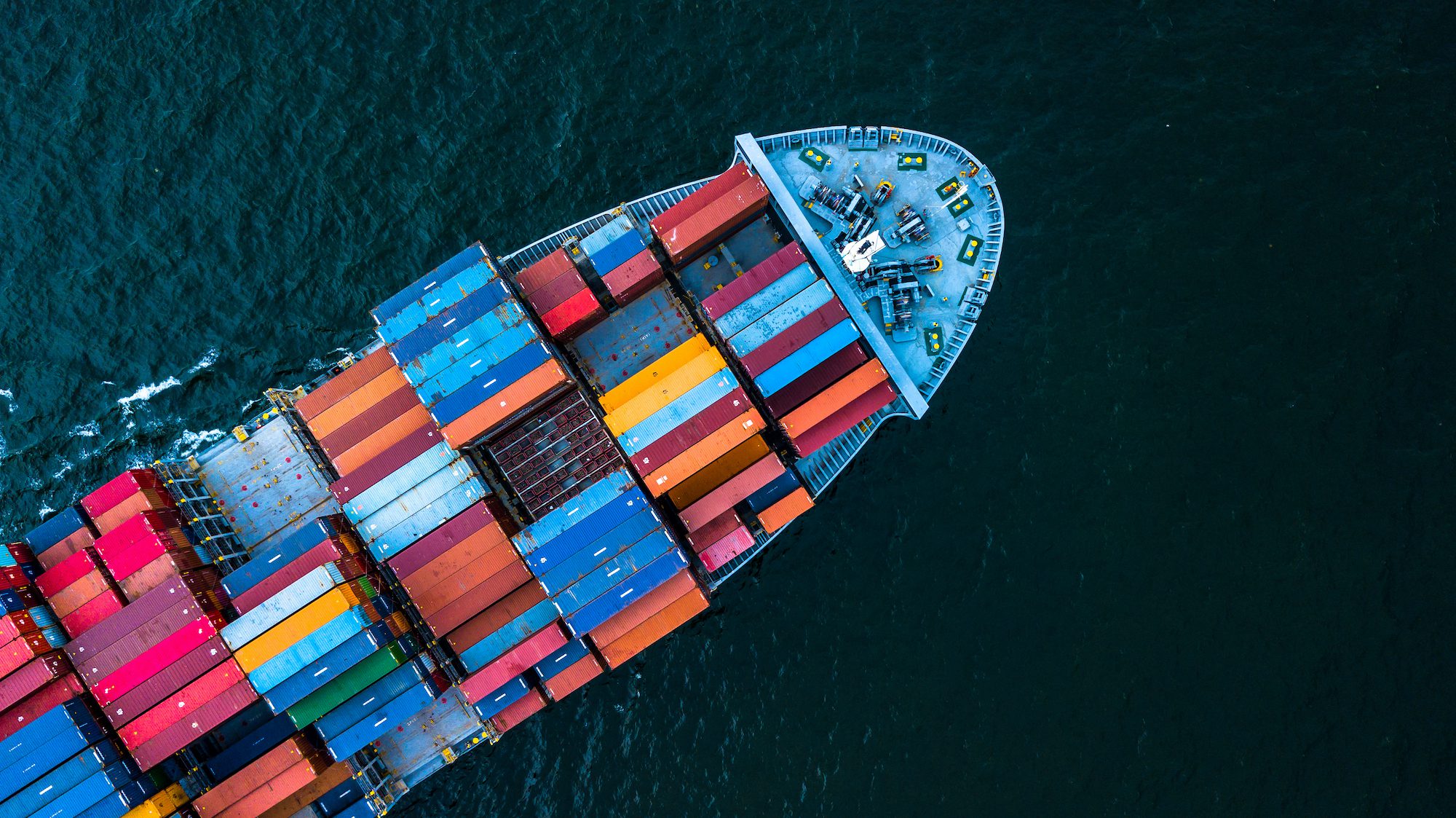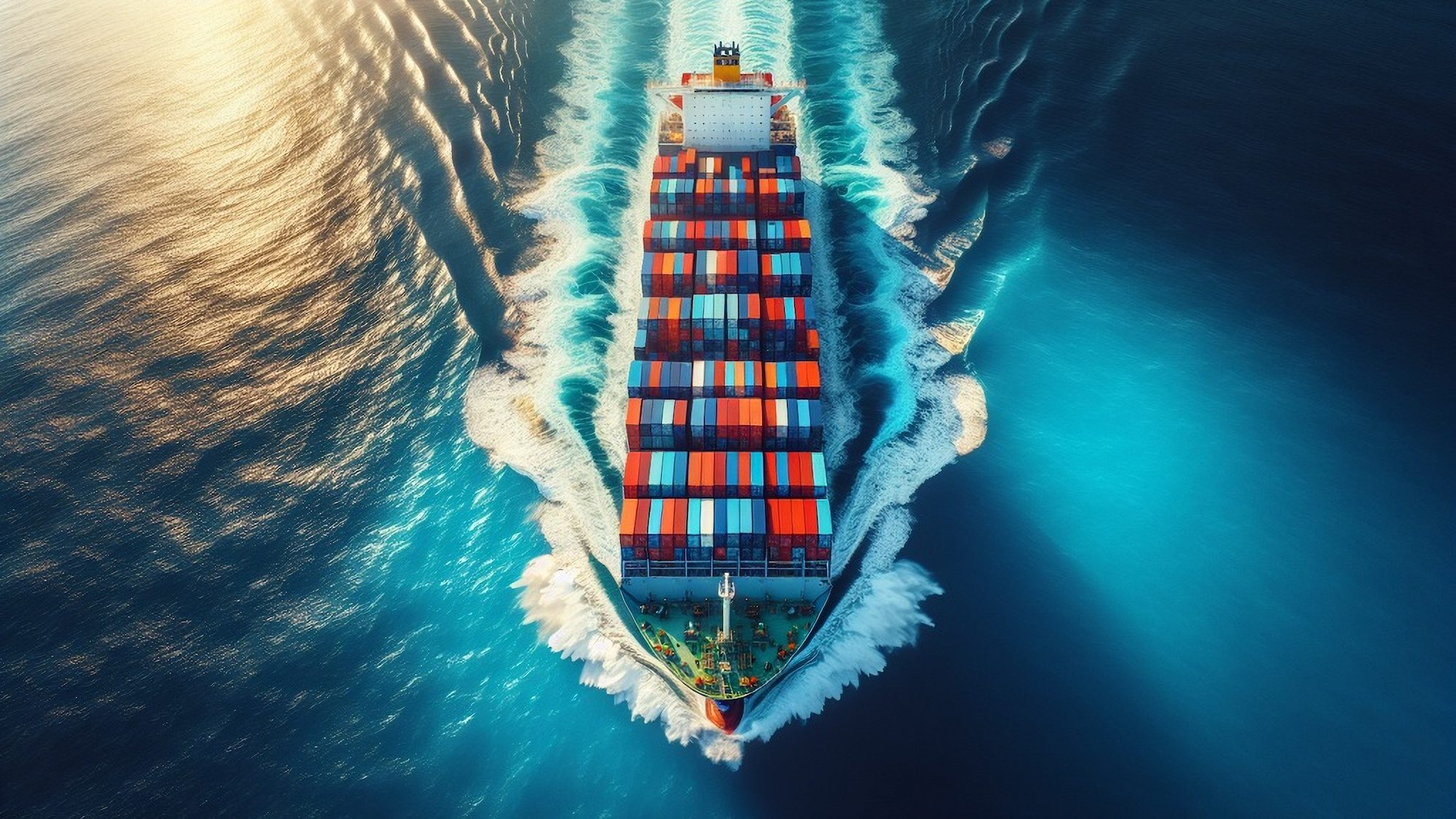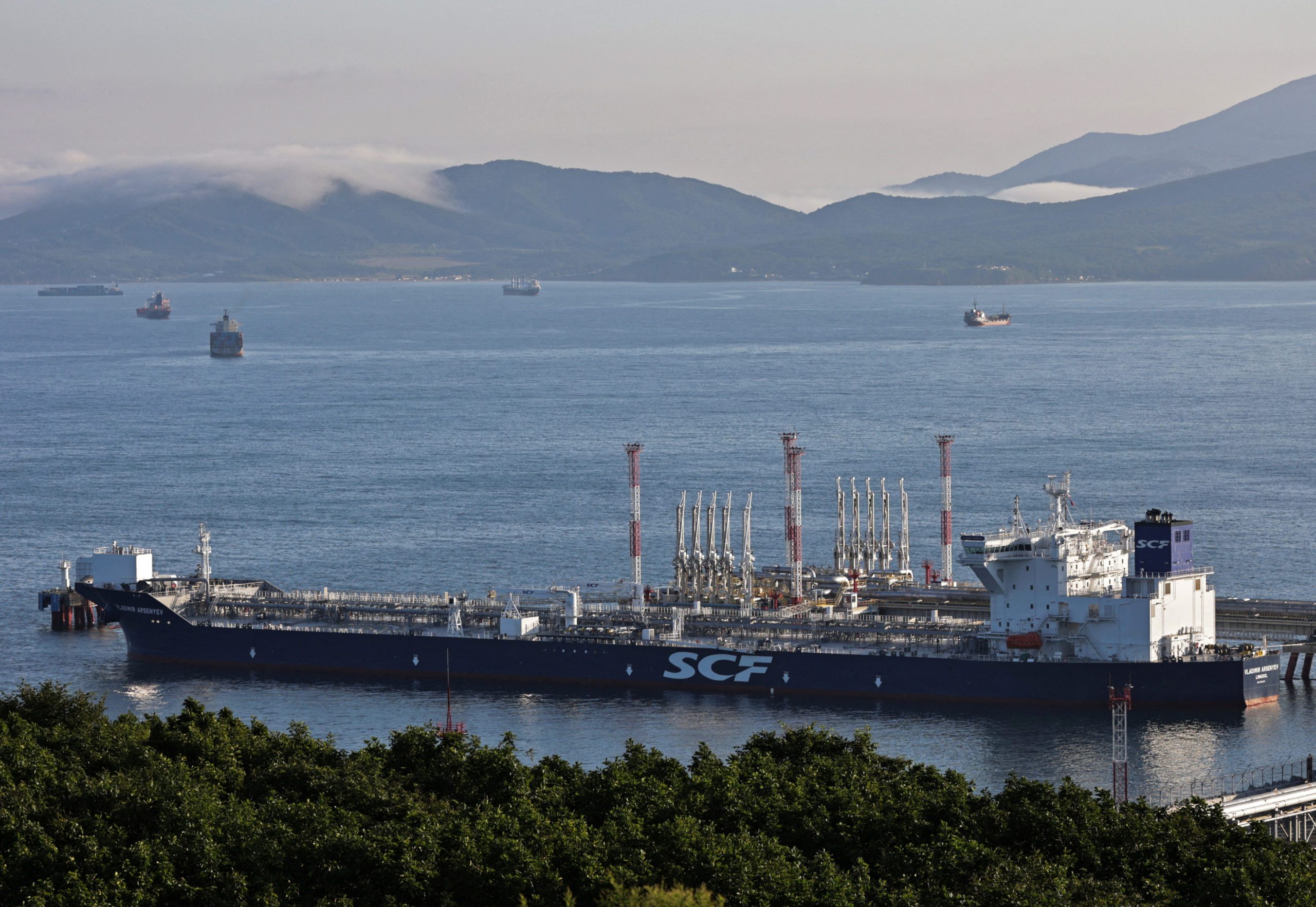Global merchandise trade has exceeded expectations in the first half of 2025, with the World Trade Organization raising its growth forecast to 2.4% for the year, up significantly from its previous 0.9% August projection. However, the organization has simultaneously downgraded its 2026 outlook to just 0.5%, signaling potential challenges ahead for maritime shipping.
According to the WTO’s October 7 “Global Trade Outlook and Statistics” update, two key factors have driven the unexpected trade growth: the surge in AI-related products and inventory frontloading ahead of tariff implementations. Shipping volumes for AI components including semiconductors, servers, and telecommunications equipment jumped 20% year-on-year, accounting for nearly half of overall trade expansion.
The maritime industry has particularly benefited from this technology-driven demand, with the volume of world merchandise trade growing 4.9% year-on-year in the first half of 2025. Dollar-value trade rose 6% during the same period, following a modest 2% increase in 2024.
WTO Director-General Ngozi Okonjo-Iweala highlighted emerging market resilience as another positive factor, noting that “South-South trade grew 8% year-on-year, in value terms, in the first half of 2025, compared to 6% for world trade overall.”
For shipping companies, the report provides important regional insights. Asia and Africa are recording the strongest export volume growth in 2025, while North America and the Commonwealth of Independent States face declining exports. On the import side, African nations and Least Developed Countries are experiencing the fastest growth, contrasting with contracting North American imports.
The cooling outlook for 2026 stems primarily from the implementation of higher Trump administration tariffs in August 2025, which has already begun affecting trade flows. WTO economists warn that “rising input prices and a slowdown in trade shipments suggest inflation could increase in late 2025 as inventories shrink in tariff-affected, highly-exposed sectors.”
The maritime services sector faces a similar trajectory, with growth expected to slow from 6.8% in 2024 to 4.6% in 2025 and 4.4% in 2026. Notably, transport services growth is projected to drop sharply from 4.5% in 2024 to just 2.5% in 2025, and further decline to 1.8% in 2026, directly impacting shipping companies.
Despite these challenges, Okonjo-Iweala emphasized that “trade resilience in 2025 is thanks in no small part to the stability provided by the rules-based multilateral trading system,” while cautioning that “today’s disruptions to the global trade system are a call to action for nations to reimagine trade.”
For maritime stakeholders, the report identifies sustained growth in AI-related goods and services as the primary upside potential for global trade over the medium term, potentially offsetting some of the anticipated headwinds from rising tariffs and trade restrictions.

 Join The Club
Join The Club











